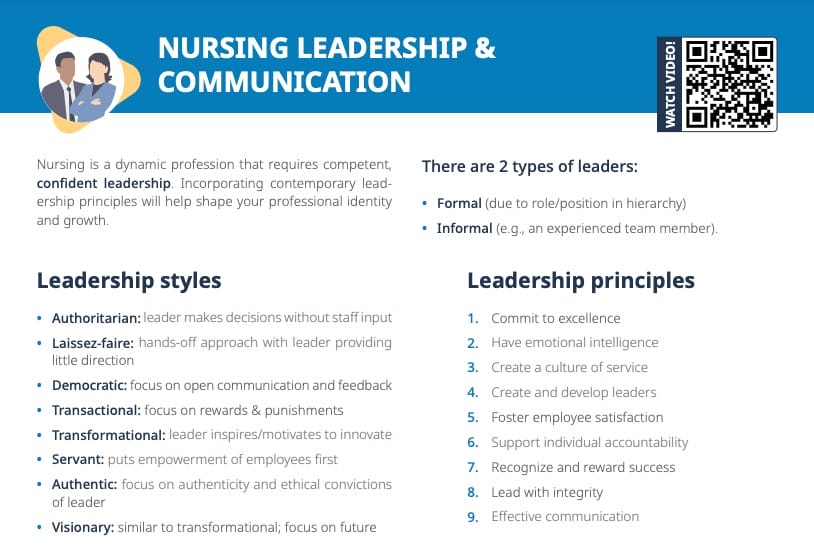What is risk management?
Risk management in healthcare refers to the clinical and administrative systems, processes, and reports employed to detect, monitor, assess, mitigate, and prevent risks.
Healthcare providers should develop a culture that encourages reporting so that preventive measures and best practices can be instituted. By employing risk management, healthcare organizations proactively and systematically safeguard patient’s safety.
Key components of risk management
- Identify risks
- Score/rank and prioritize the risks based on likelihood and impact
- Allocate resources to address the risks
Sentinel events must be investigated and reported, and compliance reporting should be done. Near misses and good catches should be captured and learned from.
The 8 risk domains in enterprise risk management
- Operational (how the organization functions)
- Clinical/patient safety
- Strategic domain
- Financial
- Human capital
- Legal and regulatory
- Technological
- Environmental and infrastructure-based hazards
Types of risks in healthcare
Patient safety risks
Patient safety risks are all hazards that can lead to patient harm. Sentinel events are any unanticipated events in a healthcare setting that result in the death or serious injury to a patient that are not related to the natural course of the patient’s illness.
Medication errors and medical device malfunctions are other examples of patient safety-related risks.
Cybersecurity risks in healthcare
Threats to electronic healthcare data pose an increasing risk, including hacking, phishing attacks, ransomware, and unauthorized access to patient records, which can compromise patient confidentiality.
Compliance risks in healthcare
Legal and regulatory violations would fall under compliance risks ranging from breaches in patient confidentiality, improper billing practices, violations of healthcare laws, to malpractice claims.
Financial risks in healthcare
Potential economic losses in healthcare can be due to inefficient billing practices, fraud, underutilized services, changes in reimbursement, or increased operational costs.
7 parts of an effective risk management plan
- Education and training: orientation for new employees, ongoing training, annual review, competency validation
- Patient and family grievances: procedures for documentation and responding to complaints
- Purpose, goals, and metrics: clearly define specific objectives to reduce liability claims, sentinel events, overall cost; use quantifiable and actionable data
- Communication plan: promite open dialogue; make anonymous reporting possible
- Contingency plans: preparation for adverse system-wide failures and catastrophic situations
- Reporting protocols: system should be quick and easy to use; reporting must be mandatory
- Response and mitigation: responding to reported risk and repeat failure prevention
Nursing tips around risk management
As a nurse, applying risk management in your daily practice involves proactive measures to identify, assess, and minimize potential harm to patients and reduce the likelihood of adverse events.
- Stay up to date: Utilize offered training and professional development.
- Adhere to protocols: Follow standard procedures.
- Double-check: Especially when it comes to medication administration, adhere to the “5 rights” and always double-check, potentially with a second nurse.
- Ensure proper documentation
- Promote a safe environment: Routinely check for environmental hazards.
- Seek collaborative decision-making.
- Regularly seek feedback and evaluate your own practice.
- Stay familiar with the nursing code of ethics.
- Participate in and encourage a transparent culture of error-reporting and learning, rather than blame.

